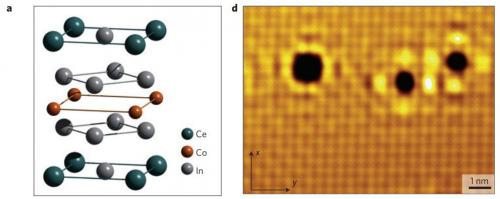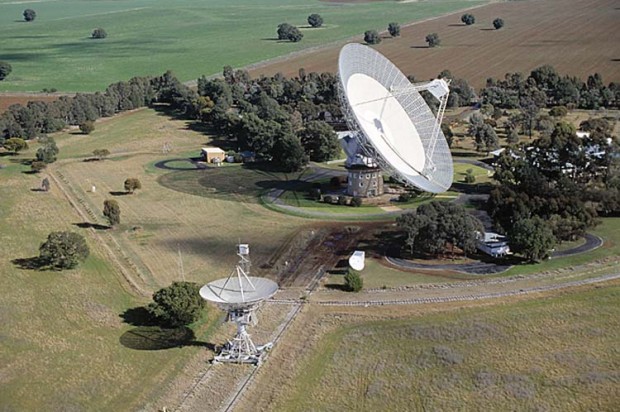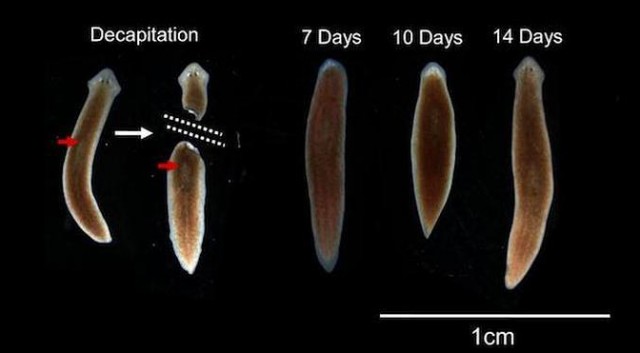
"Our measurements distinguish energy levels as small as one ten-thousandth the energy of a single photon of light-an unprecedented level of precision for electronic matter visualization," said Séamus Davis, Senior Physicist at Brookhaven the J.G. White Distinguished Professor of Physical Sciences at Cornell, who led the research described in Nature Physics. "This precision was essential to writing down the mathematical equations of a theory that should help us discover the mechanism of magnetic superconductivity, and make it possible to search for or design materials for zero-loss energy applications."
The material Davis and his collaborators studied was discovered in part by Brookhaven physicist Cedomir Petrovic ten years ago, when he was a graduate student working at the National High Magnetic Field Laboratory. It's a compound of cerium, cobalt, and indium that many believe may be the simplest form of an unconventional superconductor-one that doesn't rely on vibrations of its crystal lattice to pair up current-carrying electrons. Unlike conventional superconductors employing that mechanism, which must be chilled to near absolute zero (-273 degrees Celsius) to operate, many unconventional superconductors operate at higher temperatures-as high as -130°C. Figuring out what makes electrons pair in these so-called high-temperature superconductors could one day lead to room-temperature varieties that would transform our energy landscape.
The main benefit of CeCoIn5, which has a chilly operating temperature (-271°C), is that it can act as the "hydrogen atom" of magnetically mediated superconductors, Davis said-a test bed for developing theoretical descriptions of magnetic superconductivity the way hydrogen, the simplest atom, helped scientists derive mathematical equations for the quantum mechanical rules by which all atoms operate.








